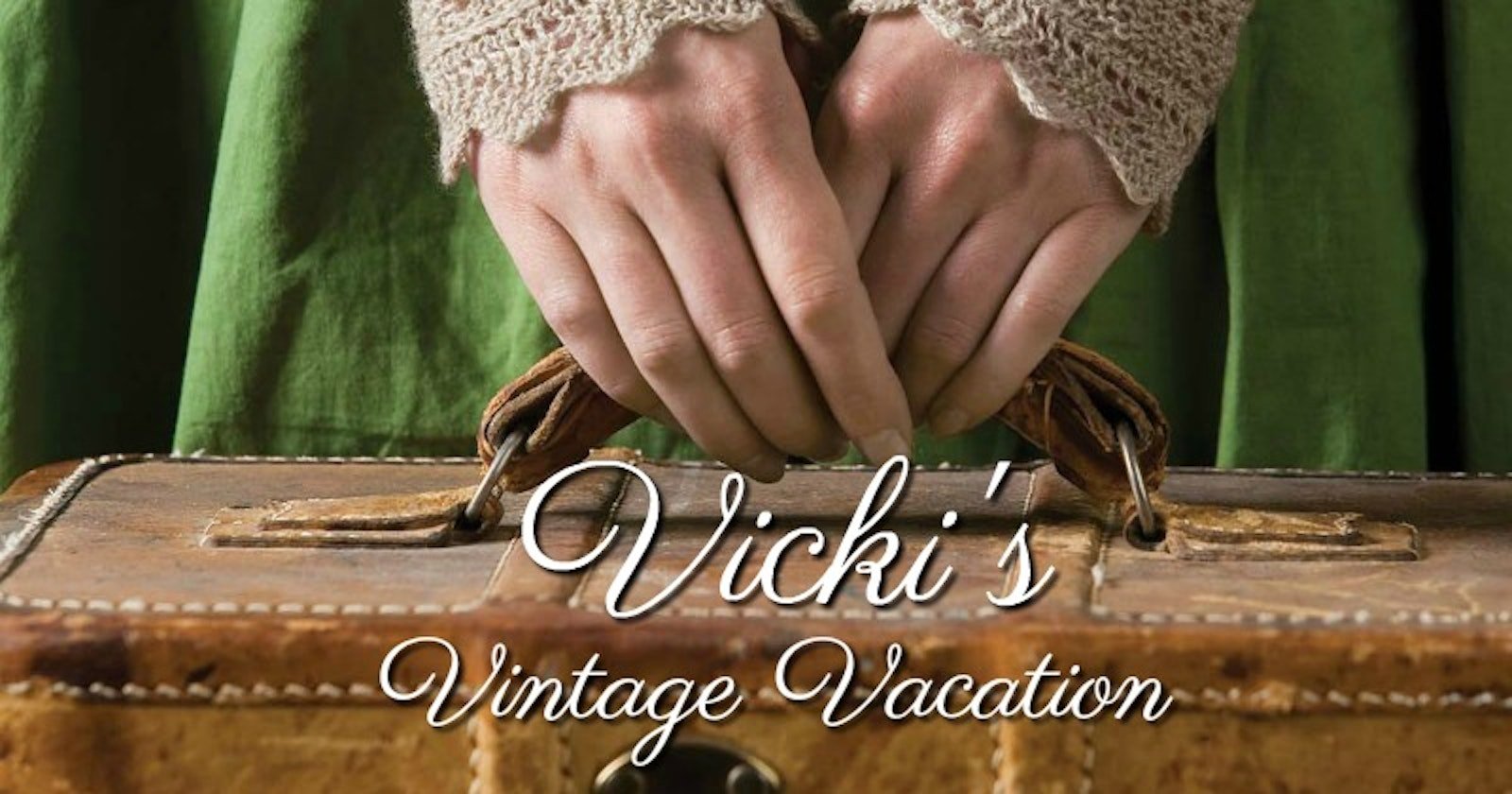I personally do not wish to knit socks that stand stiffly in the corner by themselves. Weldon’s-era Victorian women knitted their stockings with yarn finer than our contemporary fingering sock yarn. The fine gauge in Victorian stockings yielded a supple and desirable pair of stockings, a luxury to wear.
Without a specific gauge indicated in many of the Victorian patterns, one is left to guess at the fineness of the wool, silk, or cotton being used. The historic yarns specified in patterns, such as Scotch fingering or German fingering, are not available today exactly as they were milled in the 19th century. On the other hand, we most certainly have an abundance of riches from which to choose when it comes to modern yarns for knitting stockings with an exquisite look and feel.
I noted several instances in Weldon’s Practical Stocking Knitter First Series (included in Weldon’s Practical Needlework Volume 1) of there being 77 stitches or more at the ankle. At our commonly used gauge for fingering-weight yarn of 7½ or 8 stitches per inch, that makes an ankle circumference of about 9½ to 11 inches! That’s rather large for an average woman’s ankle. Our main clue in figuring out the Victorian knitting gauge comes from converting the historic British steel knitting needles sizes to their modern equivalent. Victorian British sizes No. 14, 16, or 18 correspond to current U.S. sizes ranging from between 0 to 0000. Laceweight yarn more closely reflects the yarn gauge our Victorian knitters used, and it produces a flexible knitted fabric.
I’ve not actually knit socks with laceweight yarn. (I feel an experiment coming on.) When I do, I’ll choose a yarn with a nice, tightly twisted ply for the best durability. I’ve decided to try the “German Heel” from Weldon’s Practical Stocking Knitter, First Series (in Weldon’s Practical Needlework Volume 1). Described as similar to the “French Heel,” it is recommended as being even prettier. The “German Heel” features a garter-stitch edge on the heel flap, which is then adjacent to the picked up stitches for the gusset. I will photograph my progress, and then in a future post, will offer some of Weldon’s options for shaping a toe.

No. 10 German Heel from Weldon’s Practical Stocking Knitter First Series Volume 1 of Weldon’s Practical Needlework.
All of Weldon’s handknitted stockings were hidden inside the footwear (and hidden under the long skirts and dresses) of the time. Victorian women often wore a leather boot extending to mid-calf or at the very least, the ankle. The boots laced up or buttoned up with the aid of a buttonhook, which is a metal tool used to pull the button snugly through the eyelet. The boots may have been embellished with embroidery, buckles, or tassels. A low, shaped kitten heel made the boot practical, as well as elegant. And did you know, it wasn’t until the Victorian-era that shoemakers began to consider foot anatomy and make shoes specific to right and left feet? We now take for granted a comfort that the Victorians were only beginning to enjoy.
Handknitted stockings were a personal pleasure, hidden inside Victorian boots, but happily, they’re visible when worn today. We knit for function, to be sure, but also for pleasure, both in the making and the wearing. Those of us who love to knit and wear handknitted socks and stockings choose shoes and clothes that will highlight our handwork. Fine or funky, elegant or avant-garde, handknitted socks and stockings make great conversation starters, and you may gain some new friends in the process!
Knit stockings,
Vicki

